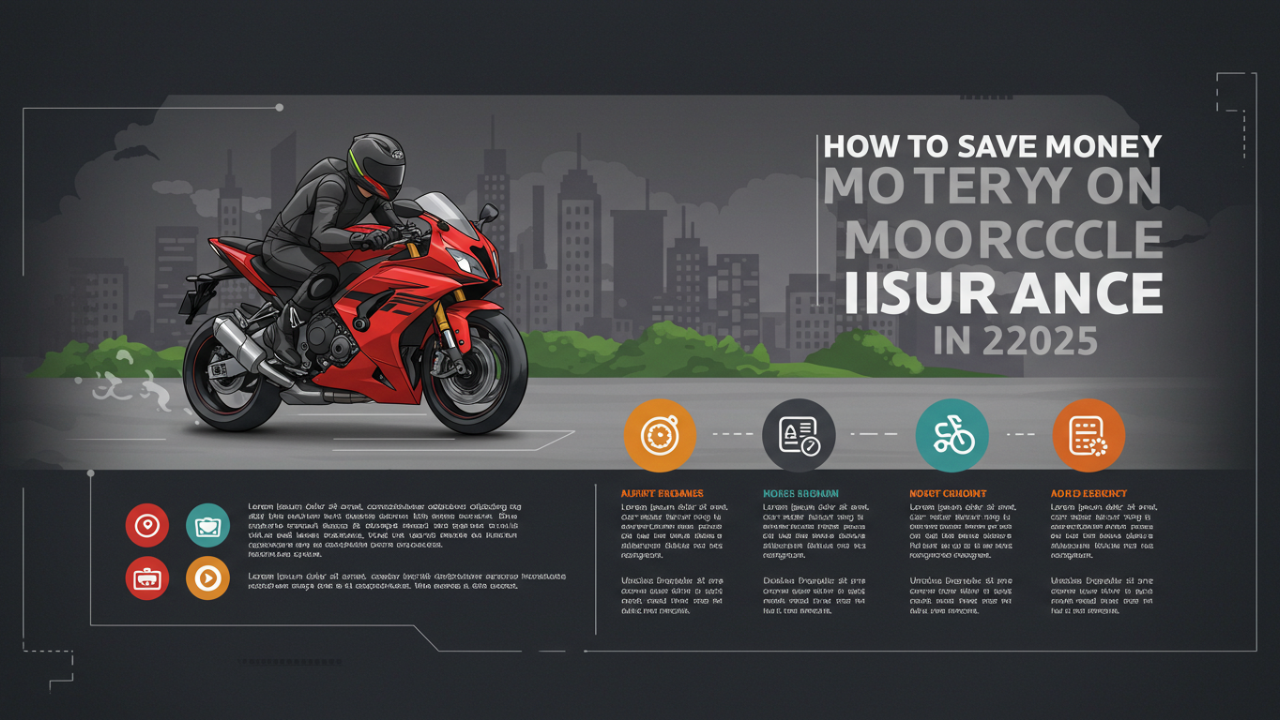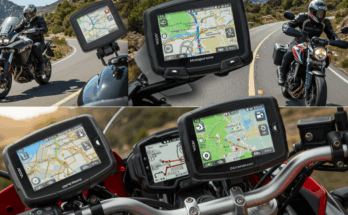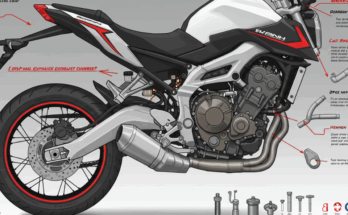Picture this: You’re cruising down an open road, wind in your hair, engine humming—or maybe it’s eerily silent. That’s riders’ choice in 2025—electric motorcycles versus their gas-powered cousins. It’s not just about how you ride anymore; it’s about what powers your ride. With climate concerns heating up and tech advancing faster than a superbike on a straightaway, this showdown is more relevant than ever. So, let’s dive into the gritty details of electric vs. gas motorcycles and figure out which one’s stealing the spotlight this year.
I’ve been a motorcycle enthusiast since I was old enough to sneak my dad’s old Honda CB750 out of the garage (sorry, Dad). Over the years, I’ve ridden everything from roaring gas-guzzlers to whisper-quiet electric beasts. Today, I’m breaking down the 2025 landscape with real-world insights, expert takes, and complex data—because choosing your next bike shouldn’t feel like a coin toss.
The Power Play: Performance Face-Off
Regarding raw performance, gas motorcycles have long been the kings of the road. That deep growl from a V-twin or the scream of a four-cylinder engine—it’s visceral. Take the 2025 Kawasaki Ninja H2R, a gas-powered monster pumping over 300 horsepower. The bike makes your heart race just standing next to it.
But don’t count electric bikes out. They’re rewriting the rulebook with instant torque that hits you like a freight train. The LiveWire One, Harley-Davidson’s electric prodigy, blasts from 0 to 60 mph in about 3 seconds flat. No gears, no lag—just pure, immediate power. I rode one last summer, and the acceleration pinned me back like I’d hit a warp-speed button. It’s a different thrill, but a thrill nonetheless.
What the Experts Say
Motorcycle journalist Mark Hoyer, who’s ridden more bikes than most of us will ever see, puts it this way: “Electric bikes trade the soulful rumble for surgical precision. Gas bikes still edge out on top-end speed, but electrics dominate off-the-line grunt.” Research backs this up—electric motors deliver 100% torque instantly, while gas engines need to rev up to hit their sweet spot.
Range and Refueling: The Long Haul Dilemma
Here’s where things get tricky. Gas motorcycles have range locked down. Fill up a 2025 Yamaha MT-10 (about 4.5 gallons), and you’re looking at 150-200 miles before hunting for a station. Refueling? Five minutes at a pump, and you’re back on the road. I rode from Seattle to Portland on a single tank with no sweat.
Electric bikes? They’re catching up, but it’s still a hurdle. The Zero SR/F, a 2025 standout, boasts a range of around 100-120 miles in mixed conditions. City commuting? You’re golden. Open highway? You’ll be eyeing charging stations like a hawk. Charging takes longer—30 minutes with a fast charger, if you’re lucky, or hours with a standard plug. I learned this the hard way last year when a spontaneous trip left me sipping coffee at a charger for an hour longer than planned.
The Data Behind It
According to a 2023 Grand View Research report, the electric motorcycle market is growing at a 19% CAGR, partly because battery tech is improving. By 2025, some models promise 150-mile ranges, but gas still wins for long-distance warriors.
Cost of Ownership: Dollars and Sense
Let’s talk money. Gas bikes often look cheaper upfront. A solid mid-range gas motorcycle like the 2025 Honda Rebel 500 might save you $6,500. Compare that to the Zero FXE electric, which starts closer to $12,000. Ouch, right? But hold on—electric bikes fight back over time.
Maintenance is where electrics shine—no oil changes or clutch repairs—just brakes, tires, and the occasional software update. I chatted with a mechanic friend, Tom, who’s worked on both. He said, “Gas bikes are a headache—carburetors, spark plugs, exhaust systems. Electrics? I barely see ‘em.” Fuel costs? Electricity is cheaper per mile than gas, especially with prices hovering around $4 a gallon in 2025.
Breaking It Down
A 2024 study from the University of Barcelona found electric motorcycles save owners about 30% on operating costs over five years compared to gas models. If you can stomach the initial hit, that’s real money in your pocket.
The Green Factor: Emissions and Impact
Climate’s on everyone’s mind, and motorcycles aren’t immune. Gas bikes burn fossil fuels, spitting out CO2 and pollutants. A typical 600cc gas motorcycle emits around 113 grams of CO2 per kilometer, per a 2018 ScienceDirect study. Multiply that by a year of riding, and it adds up.
Electric bikes? Zero tailpipe emissions. That’s the big sell. But it’s not all rosy—battery production has its environmental footprint, from mining lithium to energy-intensive manufacturing. Still, according to the same study, electrics cut emissions by about 60% over their lifecycle. Riding my buddy’s electric Zero through town last month, I felt smug passing gas stations—until I remembered the battery’s backstory.
Expert Insight
Environmental engineer Dr. Maria Lopez notes, “Electric motorcycles are cleaner overall, but the grid matters. If your power’s from coal, the green advantage shrinks.” In 2025, with renewables on the rise, the scales tip further toward electric.
The Rider Experience: Soul vs. Silence
This one’s personal. Gas bikes have a soul—that rumble, the vibration, the ritual of shifting gears. It’s why my old Triumph Bonneville still gets me misty-eyed. Electric bikes trade that for silence and smoothness. The first time I rode an electric, I missed the noise until I realized I could hear the world around me: birds, wind, and even my thoughts.
For some, that’s a downgrade. Motorcycle vlogger Jane “ThrottleQueen” Carter says, “Gas bikes are an experience; electrics feel like appliances.” Others, like urban riders, love the hush—fewer noise complaints from neighbors and more zen on the commute.
The 2025 Lineup: What’s Hot
Gas bikes aren’t going anywhere. The 2025 Ducati Panigale V4 promises 200+ horsepower and sharper handling than ever. Meanwhile, Honda’s “EV Fun” concept—an electric sportbike with over 100 km range—hits showrooms this year, blending style and sustainability.
Electric innovators like Royal Enfield’s Flying Flea C6 bring retro vibes with modern tech, while Zero’s DSR/X tackles adventure riding with gusto. The variety’s exploding, and 2025 feels like a tipping point.
Who Wins in 2025?
So, electric or gas? It depends on you. If you crave long rides, raw power, and that classic vibe, gas motorcycles still rule. IElectricity is your champion if you’re city-bound, cost-conscious, or eco-mind; mee? I’m torn—I love the growl of my gas bike but can’t deny the electric’s futuristic pull.
The numbers say electric is gaining ground fast, with sales projected to hit 15% of the market by 2030. But gas isn’t dead—it’s evolving, with cleaner engines and hybrid whispers on the horizon. This showdown’s far from over.
Electric vs. Gas Motorcycles in 2025
Are electric motorcycles faster than gas ones?
Not always. Electric bikes have excellent quick acceleration (0-60 in 3 seconds for some), but gas bikes often dominate top speed—think 200+ mph for models like the Ninja H2R.
How long do electric motorcycle batteries last?
Most 2025 models offer 100-150 miles per charge. The battery lifespan is about 5-10 years, depending on use and care.
Which is cheaper to maintain?
Electric wins here. Fewer moving parts mean lower costs—think 30% less over five years than gas.
Can electric bikes handle long trips?
They’re getting there. With 120-mile ranges and growing charger networks, short trips are OK, but gas still owns the cross-country crown.
Are electric motorcycles better for the planet?
Yes, but with caveats. They cut emissions by 60% over their lifecycle, though battery production’s environmental cost tempers the win.




